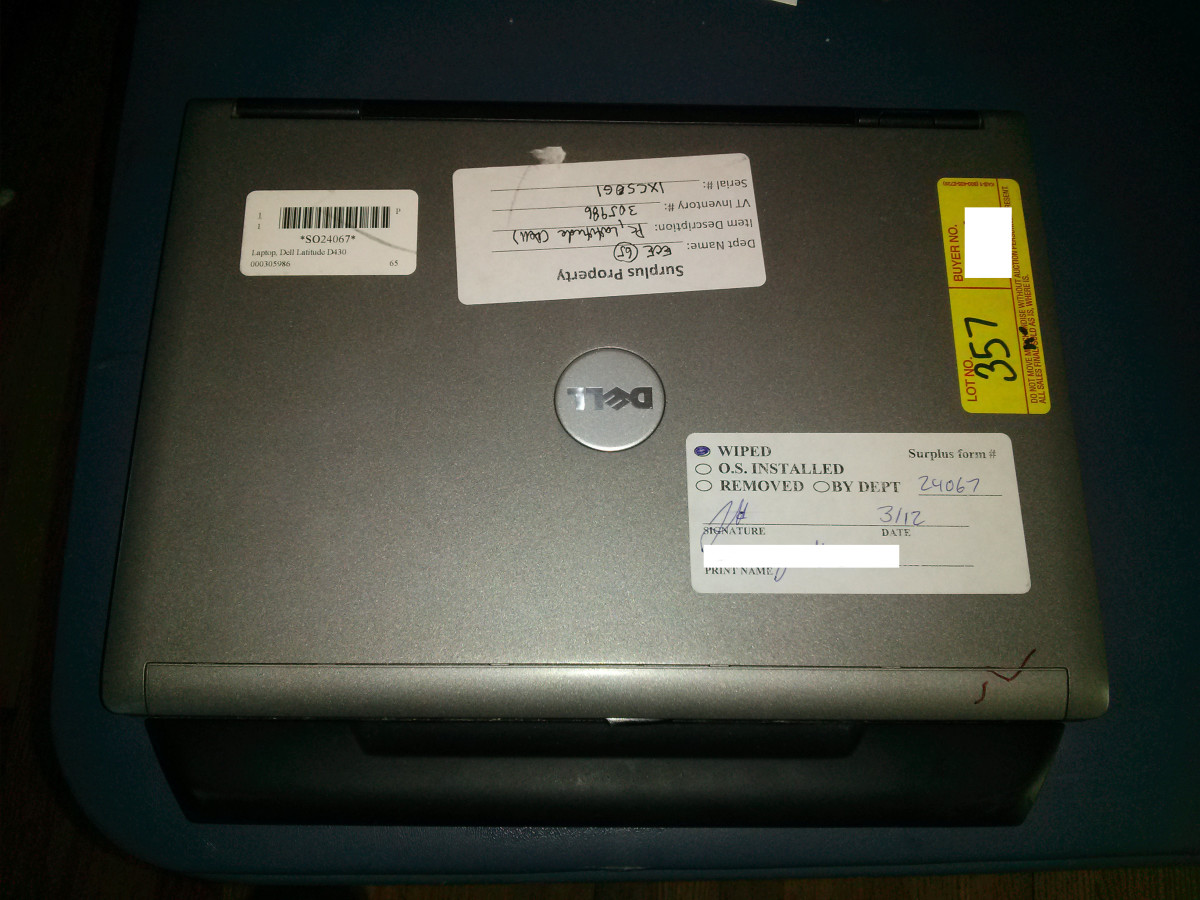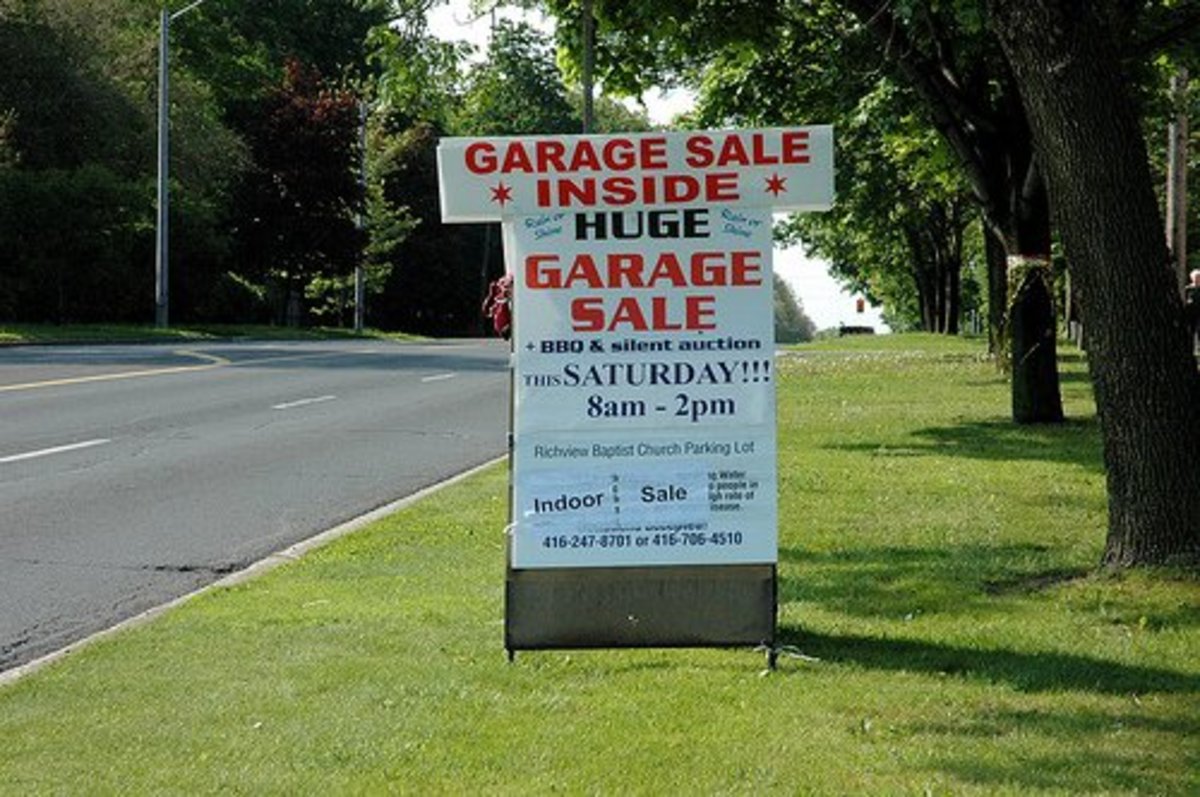What to Look out for When Buying Seized Assets at Auctions Vs.Galleries.
Seized Asset Auctions vs. Galleries, Here’s What You Need to Know
While galleries and upmarket stores typically dominated the space for these items, buyers are now looking towards auctions for their purchases.
There are specific reasons for this growing trend and understanding them could help you take advantage of some lucrative market opportunities. And regardless of whether you’re looking for an exquisite centerpiece for your home or a masterpiece that represents a profitable investment, there are distinct benefits a seized asset auction could offer you over a gallery or store. We’ll take you through how they work so you can make a prudent purchase.
- The selling format
Let’s first understand the clear distinction between an auction and a gallery or store that sells high-value items.
An auction offers items from a catalog of inventory to a gathered audience who attempt to win the items they like through competitive bidding. They are held on a pre-publicized day and often take just a few hours in duration from start to end. Auction houses evaluate each item beforehand and determine a pre-auction estimate of its value. They could also have a reserve price assigned, which is the minimum price the bidding should reach for the item to be sold. Bidding takes place in specified increments, and the entire setup takes an intensely exciting ambience as interested participants try to outbid each other.
On the other hand, galleries and stores offer a completely different environment for buyers of luxury items. They often specialize in a particular category, such as artwork or jewelry, which are kept on display for buyers to examine. These establishments offer a more calming and soothing environment for buyers to evaluate the items leisurely, even with several visits. Much similar to auctions, they could offer original items or second-hand merchandise from resellers.
Now that we’ve looked at the primary difference between these two formats, it’s also important to understand what seized asset auctions are. They differ from normal auctions based on the context of the goods they offer. Seized assets are items confiscated by government agencies from private individuals or organizations due to various reasons. For instance, assets seized from a drug dealer, from someone who had evaded tax payments, as well as a company that has committed fraud will all fall under this category. And when high-net-worth individuals are involved, there will be plenty of luxury assets among the confiscated items. These can range from luxury apartments to fine art and expensive jewelry. It is these assets that are then offered at seized asset auctions.
- The price you pay
Galleries and stores offer their merchandise at predetermined, fixed prices, and this is what you pay if you want to purchase the item. There is often no room for bargaining or negotiations.
And once the price is set, they will be reluctant to reduce it later since this could affect their future pricing. For example, if they lower the price of an artwork, it could signal buyers that the prices of the particular artist’s future work could also be expected within that range. Therefore, galleries and stores will do their best to avoid such situations.
And the prices you pay for an artwork at a gallery and a typical auction could significantly differ based on various circumstances. For instance, you may end up paying much more than the gallery price at a typical auction if the painting is in high demand.
Contrary to this, what you pay at a seized asset auction is significantly low. This is because the objective of the sale is often to liquidate the goods. Once legal matters are resolved, government agencies will dispose of these items through an auction and use the funds, for example, to recover dues. Therefore, they will be happy to sell the item at whatever reasonable price offered by a bidder. This is why many seized assets put up for auction will not even carry a reserve price.
What all these mean is that you can often get hold of high-value items at very low prices at seized asset auctions compared to galleries or stores.
- A fair chance to buy
The fixed prices provided by galleries and stores essentially mean more or less a first-come-first-served approach. This means the first person who’s happy to purchase the item at the displayed price will get to take it home. So, if you find a jewelry piece that you would like to purchase, and come back a second time to take a closer look and close the deal, there’s a chance that someone else could have already bought it without your knowledge.
However, auctions provide a transparent platform where all interested buyers could bid openly for the products they like. This gives everyone present a fair chance to purchase. For instance, you might want a particular item due to sentimental value, and could be willing to buy it even above the estimated market price. Auctions allow you to outbid others and acquire the item with a fair fight. All you need to know is the maximum price you’re willing to pay, and if it’s above what other bidders are prepared to offer, then the item is yours.
To sum it up...
Seized asset auctions provide a great opportunity for anyone looking for a bargain. Unlike the typical auctions and galleries, these can help you get high-value merchandise at prices even as low as 50% to 70% below the market value.
And if you are concerned about quality, many top auction houses often provide certifications by experts for the luxury items they auction. You can also inspect the merchandise prior to bidding and get more details. And many a time, these luxury items include products confiscated from the homes of high-net-worth individuals or items recovered from a burglary. Therefore, chances are that they have been handled and kept with a lot of care.









